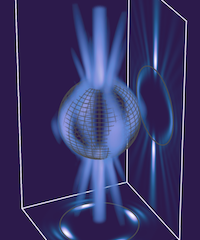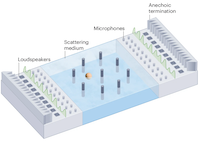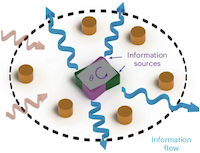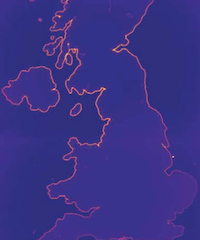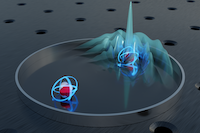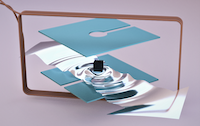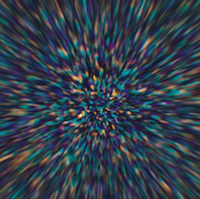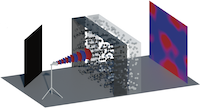Together with the team of Dave Phillips in Exeter and our former group member Michael Horodynski, we published an article in Science Advances that demonstrates how shaping the wavefront of light can be used to create efficient optical tweezers (i.e., very stiff traps for particles). For more details see the press releases of Exeter University and of the Austrian Press Agency.
